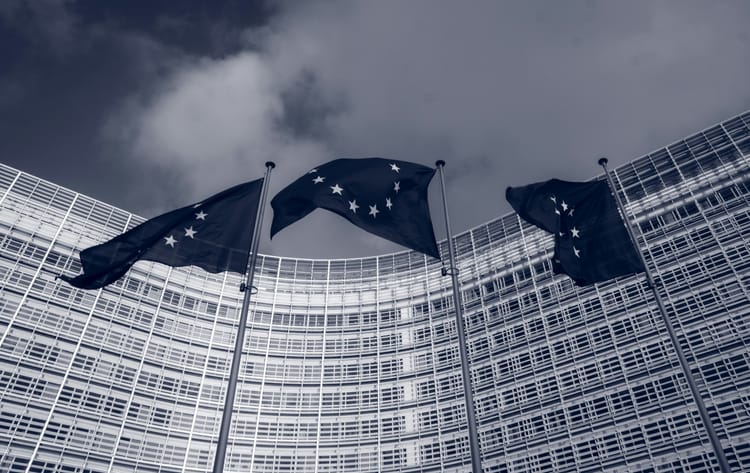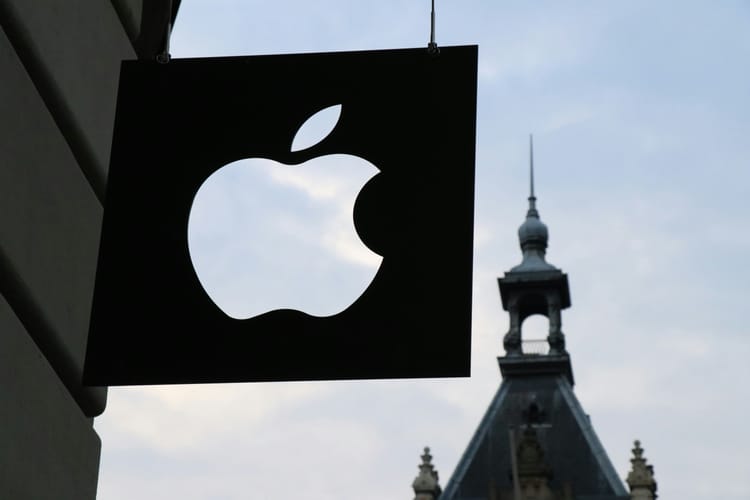Gender-responsive procurement: how corporates can use their purchasing power to promote gender equality

Gender-responsive procurement consists of a set of practices meant to include and empower female entrepreneurs within global value chains.
Scrutiny around the environmental and social impacts of supply chains is growing, with the responsibility to promote responsible practices increasingly pinned on large buyers.
In the UK, the Transparency in Supply Chains provision within the 2015 Modern Slavery Act was one of the first pieces of legislation to require businesses to take steps to prevent modern slavery from occurring in their supply chains. And in the EU, the Corporate Sustainability Due Diligence Directive (CSDDD) expected to be approved in 2024 is set to require large companies to identify and mitigate environmental and human rights risks within their value chains by 2026. Specifically, CSDDD will apply to EU-based companies with more than 250 employees and a turnover exceeding €40 million, as well as non-EU companies with a turnover of €150 million or more, as long as €40 million of that turnover is generated within the EU.
Corporations have the power and the responsibility to promote sustainable change within their supply chains: that’s becoming clearer every day in the fight against climate change. In September 2023, PepsiCo’s Chief Sustainability Officer Jim Andrew detailed the actions the company is taking to get suppliers to measure and reduce their climate impact. For instance, PepsiCo has set clear expectations for suppliers to set or commit to setting a Science-Based Target by the end of 2023. To support providers in this transition, the company is signing longer-term procurement contracts and offering guidance to help partners understand the business case for sustainability.
But to this day, very few include gender equality provisions in their procurement processes. In a UN Academy webinar on gender-responsive procurement held in September, the wide majority of about 1,000 corporates in attendance said that while they actively engage with suppliers on other issues, they do not keep track of the gender of owners or their gender-inclusive policies.
Yet, although one in three businesses worldwide are owned by women, those only win about 1% of procurement contracts in the private sector – a number that hasn’t budged in decades.
“Procurement is not gender-neutral,” said Seemin Qayum, Policy Advisor on Sustainable Development at UN Women.
According to her, this is due to several factors: women often lack access to information, skills and coaching, partly because of the uneven repartition of household duties, for example. On top of that, procurement remains a “boys’ club” where contracts are based on connections. “Discriminatory social norms, as well as occupational and market segregation mean women are not on a level playing field,” Qayum added.
How does gender-responsive procurement work
To make procurement more equitable, companies can implement a gender-responsive strategy built on the back of the Women’s Empowerment Principles (WEPs) – particularly Principle 5, which encourages companies to “implement enterprise development, supply chain and marketing practices that empower women”.
Besides tracking the gender of supplying companies’ owners, gender-responsive procurement involves improving access to procurement calls for women-owned businesses, as well as businesses with strong gender equality practices. Amongst other recommendations, UN Women cites increasing access to information and social networks, streamlining applications and contracting processes, limiting contract sizes and paying suppliers more promptly.
“Women-owned businesses still face barriers and struggle to participate in local and global supply chains. Gender-responsive procurement is about companies leveraging their purchasing policies and practices to promote gender equality,” noted Cynthia Muffuh, Head of Human Rights and Gender at the UN Global Compact. She added that while 8,000 companies have signed up to the WEPs, “most have yet to actively adopt practices to ensure their gender equality commitments are adopted throughout their supply chains”.
The gap between companies’ own gender equality ambitions and their implementation within supply chains may be due to the complexity of gender-inclusive sourcing. UN Women has listed no fewer than 250 indicators to identify suppliers that would be eligible for a gender-responsive procurement programme. Anna Gollub, a Policy Analysis Consultant at the organisation, admitted that “tracking all of these would be too costly and difficult, but tracking too few could reduce impact”.
The WEPs offer signatories a gender-responsive procurement assessment tool consisting of 31 questions to help companies identify gaps and areas for improvement – a useful first step in implementing a gender-inclusive strategy.
How to use the WEP’s gender-responsive procurement tool
The tool is only available to WEP signatories: companies can sign up here.
After reading and understanding the 31 questions contained in the GRP Assessment Tool, procurement and sustainability staff will begin to gather relevant documents (e.g., procurement policies, supplier database, corporate gender equality policies or commitments). They can then complete the tool and review their company’s score. The WEP makes resources available to signatories to help them take steps to advance gender-responsive procurement and raise their score.
Beyond that, Chief Sustainability Officers and procurement managers may want to draw inspiration from Unilever’s Compass for Sustainable Growth. Within it, the company has made a commitment to spend €2 billion annually (from €818 million currently) with diverse businesses worldwide by 2025. At about 5.6% of its total 2022 procurement spend, this may seem like an unambitious target, but according to Sandra Fontano, Senior Global Sustainability Manager for Social Equity and Youth at the company, the team “knew it would be a stretch”.
Among challenges to achieve this goal, she named a lack of data and information, with no centralised database to search for diverse suppliers, as well as limited supplier certification infrastructure in some countries. Additionally, data privacy risks are also “a big concern”, since gender-responsive procurement involves processing data about people’s gender.
To overcome these obstacles, Unilever has launched partnerships and training programmes in a number of different countries to provide minority-owned businesses with mentorship, networking and sometimes even finance, with the hope of giving them access to its supply chain “at some point”, said Fontano.
“When procurement systems only aim to drive costs down, it has impacts on women who end up getting exploited on the lower end of the supply chain. Procurement can be leveraged for social outcomes,” she added.







Member discussion